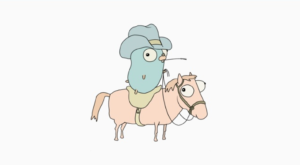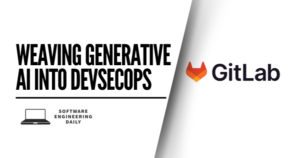Episode Summary: Showtime: Crypto Art and NFTs

NFTs are the current blockchain craze. Graphics designer “Beeple”, or Mike Winkelmen, sold his artwork as a NFT for $69 million in March. At the same time. Jack Dorsey, CEO of Twitter, sold a NFT of his first tweet for $2.9 million dollars . Though the hype has died down since then, it has driven development and adoption of NFTs and the ecosystem surrounding NFTs continues to thrive and grow. At the center of this ecosystem is Showtime, the Instagram for NFTs.
To give some background NFTs, or non-fungible tokens, is a unique token that can be used to represent an asset on a blockchain. This token is non-reproducible and non-fungible, i.e individual tokens and not interchangeable. NFTs have a wide use case from art and paintings to in-game items. Even physical assets like property can be represented with a NFT. NFTs have the benefits of being on a blockchain, meaning it is easy to trade and sell it, as well as having an immutable record of who owned it and it’s transaction history. Similar to a painting’s provenance, this record can be used to determine ownership of a NFT and whether or not it is authentic. NFts can even encode contracts such that every time a NFT is sold the original author gets a small fee or cut.
NFTs first took of in 2017 with Cryptokitties, a blockchain based collectable, where individuals could purchase, collect and sell virtual cats as NFTs. There were previous attempts at using NFTs like Cryptopunks in 2016 but Cryptokitties was the first to take off and gain mainstream adoption.
After Crypto Kitties, the hype died down for a bit and important infrastructure was built surrounding NFTs that was not as consumer facing. ERC-721 was released in 2018 which formalized the technical definition of a NFT so that all NFTs followed the same standard. OpenSea was created in 2017 which was a search engine that allowed individuals to trade and search differing NFTs. In July of 2020, trading volume of NFTs exploded and though it has fallen from its peak, it is still growing.
Showtime is a social network built on top of NFTs. While you can’t trade or create NFTs right now, you can display all your NFTs in one place and have followers view your NFTs. Built with a React front end, Django backend, and leveraging OpenSea API for blockchain data, Show time serves as an Instagram for NFTs. A centralized location where collectors can display all their art and gain followers. After all, what use is buying art if people can’t see it. Currently only on web but looking to expand to mobile, Showtime isn’t necessarily a crypto application, rather it’s a web app focused on crypto. However it’s an important part of the NFT ecosystem as it raises awareness and increases mainstream adoption.
Looking to the future, NFTs still have a ways to go and innovation is still ongoing. Companies like NIFTEX, NFTfi, NFX are providing loans against your NFT. Airbns created money out of idle homes, why not create money out of idle NFTs. Eventually any kind of video, photo or meme on social media will be a NFT. This is especially important with virtual reality and as the world transitions online. A virtual gallery for instance could be created with NFTs and you could charge people admission to view the gallery. Creator coins like those on BitClout or Rally enable individuals to quite literally sell themselves and their unique brand giving rise to a new influence economy and enable individuals to raise funds. All of these things are possible because of NFTs and the blockchain. The current NFT explosion is probably a fad due to the increased price of digital art, but the use cases for NFTs are so numerous that as long as blockchain is there, NFTs will be right alongside it.
This summary is based on an interview with Alex Masmej, co-founder and CEO at Showtime. To listen to the full interview, click here























